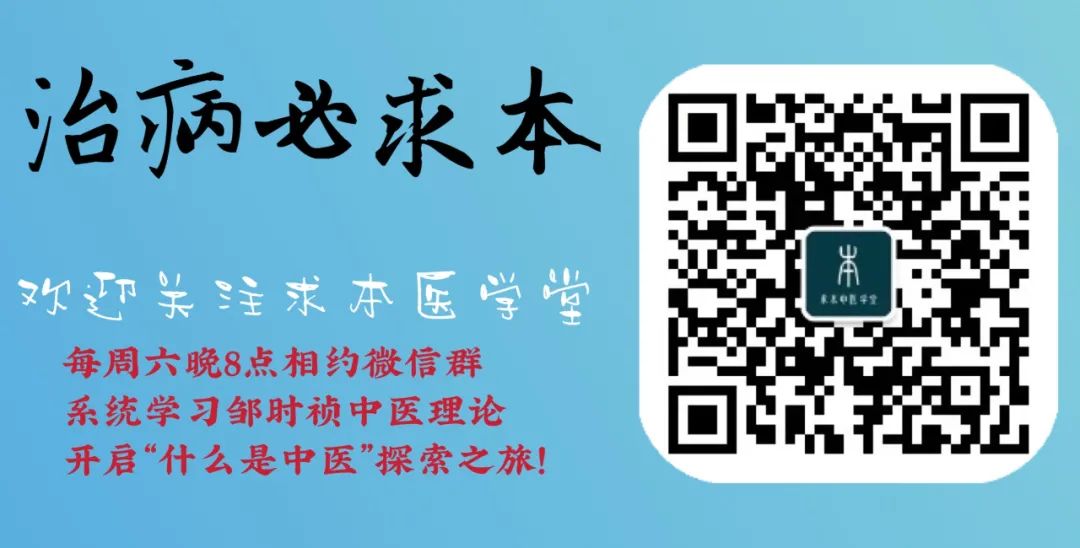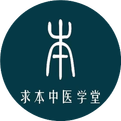
Why are there five elements?
The purpose of establishing the theory of the wǔ xíng (五行, Five Elements) is to select the most fundamental key points along the trajectory of the interaction between yīn (阴) and yáng (阳), allowing for the control of the entire movement’s trajectory through mastery of these points. These points must satisfy two conditions: first, they must represent all points along the trajectory, and second, each point’s characteristics must be unique, with no overlapping parts. There are only these five points that meet these two conditions along the trajectory of yīn and yáng interactions, which is why there are five elements and not another number. The theory of the wǔ xíng is a model that, once mastered, can guide various fields of research. When facing a new unknown area, once its system is defined, as long as the specific references of each element in this system are identified, one can grasp the system as a whole. This reflects the great wisdom of ancient Chinese scholars. Why does Western science need to completely dissect things to study them? Because they have not formed a model like the wǔ xíng, they can only explore an unknown entity by dissecting it, examining it piece by piece. This exploratory process is akin to blind men touching an elephant, making it difficult to systematically understand the whole. Historically, Western science has often engaged in practices that seem correct in parts but are erroneous from a systemic perspective. Many practices, after being followed for a long time, have been found to cause more harm than good. Such examples abound in Western medicine. This is all because Western science has not developed a model like the yīn yáng (阴阳) and wǔ xíng, which prevents a quick grasp of related matters from a holistic perspective. Since a dynamic balance system has only five fundamental elements, the human body, as a dynamic balance system, regardless of how many organs it contains or how many physical and chemical reactions occur, can categorize its functions based on the types of roles they play in maintaining this system’s balance, dividing them into five major categories. The physiological theory of zhōng yī (中医, Traditional Chinese Medicine) centers on the five organs developed along these lines. Therefore, whether using the names of jīn (金, Metal), mù (木, Wood), shuǐ (水, Water), huǒ (火, Fire), and tǔ (土, Earth) or xīn (心, Heart), gān (肝, Liver), pí (脾, Spleen), fèi (肺, Lung), and shèn (肾, Kidney), the five organs in TCM are not anatomical concepts; they are a collection of functions of the same type. Regardless of which organ is in an anatomical position, as long as its function plays a similar role in maintaining the balance of the human system, it is classified as the same organ. This is the reason for the difference between the five organs in TCM and the organs in modern anatomy.
Conclusion
The yīn yáng and wǔ xíng theories reveal the common laws of all things in heaven and earth. Any entity that can stably exist in this world for a period will adhere to the laws revealed by the yīn yáng and wǔ xíng theories, making their application very broad. In every field of traditional Chinese culture, there is almost a trace of the yīn yáng and wǔ xíng theories. With the development of human technology, the fields humans engage in are becoming increasingly diverse. If one truly understands the yīn yáng and wǔ xíng theories, studying new fields under their guidance can quickly lead to a comprehensive understanding of that field and swiftly find the correct research direction, greatly enhancing one’s level of thinking. The yīn yáng and wǔ xíng theories are the core theories guiding TCM. Currently, the most complete preservation of Chinese traditional culture, with the richest resources, is in TCM, making it a shortcut to learn the yīn yáng and wǔ xíng theories. Therefore, I say, “TCM is an excellent way of thinking.” There are serious misunderstandings in the recognition and application of the yīn yáng and wǔ xíng theories, including many forced associations with TCM theories established by later generations of physicians. The development of TCM, at present, is essentially a revival of the TCM theoretical system. The experiences of past physicians are not the core content of TCM theory; the yīn yáng and wǔ xíng theories are the core of the TCM theoretical system. Viewing the yīn yáng and wǔ xíng theories as simplistic materialism or mechanistic views actually rigidifies them, making it impossible to guide clinical practice in TCM. It is necessary to restore the original appearance of the yīn yáng and wǔ xíng theories. In the first chapter of the TCM foundational theory textbook by Zōu Shízhēn (邹时祯), the laws and applications of the yīn yáng and wǔ xíng theories will be explained in detail. Being able to analyze and solve problems using the yīn yáng and wǔ xíng theories not only allows for a deeper understanding of TCM but also enables one to more easily possess a holistic perspective in other research fields. 
end


